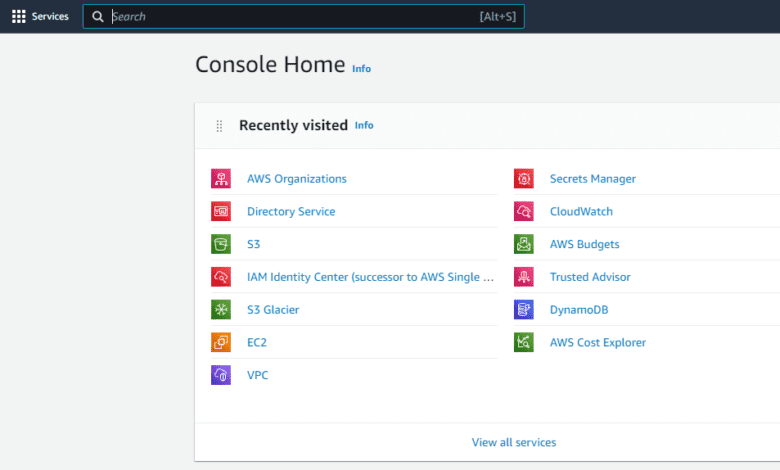
As organizations embrace the digital transformation era, adopting cloud services has become a standard practice for businesses looking to streamline their IT infrastructure. Amazon Web Services (AWS) has emerged as a popular choice for organizations seeking scalable and flexible cloud environments, along with Google Cloud Platform, and Microsoft Azure, even with many wanting to avoid vendor lock-in.
However, with the increasing demand for AWS services, businesses often struggle to manage their cloud costs effectively with cloud vendors. Let’s look into AWS cloud cost optimization, sharing best practices and providing actionable insights to help you optimize cloud costs and maximize your AWS investments and cost centers.
Why businesses are moving to the cloud
Organizations across various industries are increasingly adopting cloud services, driven by the numerous benefits that cloud environments offer. Here are some key reasons why businesses are moving to the cloud:
Scalability and Flexibility
Cloud services, such as AWS, enable businesses to scale their computing resources up or down based on demand. This flexibility allows companies to accommodate fluctuations in workloads, ensuring they only pay for what they need.
Cost Efficiency
By migrating to the cloud, organizations can eliminate the need for costly on-premises infrastructure, reduce capital expenditures, and can take advantage of cloud pricing. Cloud providers, like AWS, offer pay-as-you-go pricing models, enabling businesses to optimize their costs based on usage.
Enhanced Collaboration and Accessibility
Cloud services facilitate seamless collaboration among team members, as data and applications can be accessed from any location with internet connectivity. This allows for improved productivity and more efficient workflows.
Improved Security and Compliance
Cloud providers invest heavily in maintaining robust security measures and adhering to industry compliance standards. By moving to the cloud, businesses can benefit from the security expertise of these providers and reduce the risks associated with managing sensitive data.
Faster Time-to-Market
Leveraging cloud services accelerates the development and deployment of new applications and services, enabling organizations to bring their products to market more quickly. This competitive advantage can be crucial in today’s fast-paced business landscape.
Understanding AWS Cloud Costs
When analyzing your cloud bill, it’s crucial to have a solid understanding of the components contributing to your overall cloud costs. AWS offers various computing services, each with its unique pricing model.
As you navigate the complexities of AWS pricing, you must know the factors that can lead to high cloud bills. For instance, unused cloud resources, idle, and inefficient cloud usage can contribute to inflated cloud costs. Moreover, cost anomalies may arise, signaling unexpected costs or usage patterns that must be addressed.
To optimize costs, organizations must develop a robust AWS cloud cost optimization strategy and foster a culture of cloud cost awareness. By doing so, businesses can reap cloud savings using AWS services without breaking the bank.
Establishing an AWS Cloud Cost Optimization Strategy
Developing a comprehensive AWS cloud cost optimization strategy is the first step towards cost savings. To create a well-rounded strategy, consider the following steps:
Assess Your Current AWS Cloud Environment
Start by analyzing your existing AWS environment and understanding the resources you’re utilizing. Take note of unused resources and unattached resources, idle resources, and any underutilized cloud services. By identifying inefficiencies, you can begin to address them and optimize your AWS cloud costs.
Set Up a Cost Center for AWS Cloud Management
Establishing a cost center dedicated to AWS cloud management can help you monitor and control costs more effectively. This cost center should include stakeholders from various departments, such as finance, IT, and operations, ensuring a collaborative approach to cost management.
Implement AWS Cloud Cost Optimization Strategies
Once you’ve assessed your environment and set up a cost center, it’s time to implement various AWS cloud cost optimization strategies. These may include right-sizing your AWS resources, leveraging reserved instances, and adopting cost-effective storage solutions.
Monitor and Adjust Your AWS Cloud Cost Optimization Strategy
AWS cloud cost optimization is an ongoing process that requires continuous monitoring and adjustments. Regularly review your cloud spending, identify spending anomalies, and fine-tune your strategy to ensure optimal cost efficiency.
Best Practices for AWS Cloud Cost Optimization
Right-sizing AWS Resources
Right-sizing involves matching your AWS resources, such as Amazon EC2 instances and Amazon RDS databases, to your actual computing demand. You can avoid overprovisioning and reduce your overall AWS costs by selecting the appropriate resource sizes.
Leveraging Reserved Instances and Savings Plans
AWS offers Reserved Instances (RIs) and Savings Plans, which enable customers to commit to specific usage levels in exchange for discounted rates. Organizations can significantly reduce their long-term AWS spending by taking advantage of these cost-saving options.
Optimizing AWS Storage Costs
Storage costs can account for a substantial portion of your AWS bill. To optimize these costs, consider using cost-effective storage solutions, such as Amazon S3 One Zone-Infrequent Access and Amazon Glacier, for infrequently accessed data.
Implementing AWS Cost Monitoring and Alerting Tools
Utilize AWS cost management tools, such as AWS Cost Explorer and AWS Budgets, to monitor your cloud spending and set up alerts for cost anomalies or when spending exceeds expected thresholds. These tools can help you identify areas where cost optimization efforts are needed and ensure you stay within your budget.
Adopting Auto Scaling and Load Balancing
AWS Auto Scaling allows you to adjust the number of running resources automatically based on demand, ensuring you only pay for what you need. Combine this with AWS Load Balancing to distribute traffic efficiently and maintain peak performance, further optimizing your AWS costs.
Tools and Techniques for AWS Cloud Cost Management
Analyzing AWS Bills and Cost Anomalies
Review your AWS bills regularly to identify cost anomalies or unusual usage patterns. Use AWS Cost Explorer to analyze your spending, detect trends, and uncover potential cost-saving opportunities.
Utilizing AWS Cost Management Tools and Third-party Solutions
Make the most of the AWS Cost Management tools, such as AWS Cost Explorer, AWS Budgets, and AWS Cost and Usage Reports, to monitor and control your AWS spending. Additionally, consider using third-party tools like CloudHealth, Cloudability, or CloudCheckr for more advanced cost management and optimization features.
Forecasting AWS Spend and Setting Expected Spending Thresholds
Use AWS Cost Explorer’s forecasting capabilities to estimate your future AWS costs based on historical data. Set up expected spending thresholds and alerts to ensure you stay within budget and avoid unexpected costs.
Implementing AWS Instance Scheduler and Spot Instances
Leverage AWS Instance Scheduler to automatically start and stop EC2 and RDS instances during specific time windows, such as outside business hours or during weekends, to save costs. Additionally, consider using AWS Spot Instances for temporary or flexible workloads, as they offer significant discounts compared to on-demand pricing.
Building a Culture of AWS Cloud Cost Awareness
Fostering a Cost-aware Mindset Among AWS Architects and Developers
Encourage AWS architects and developers to consider cost optimization in every stage of the development process. Providing training and resources on AWS cost optimization best practices can help create a cost-aware culture within your organization.
Implementing AWS-native Design Principles for Cost Efficiency
Adopt AWS-native design principles, such as serverless architecture and microservices, to maximize cost efficiency. These approaches can help you reduce the resources required to run your applications, lowering AWS costs.
Encouraging Continuous Improvement in AWS Cloud Cost Optimization
Promote a culture of continuous improvement regarding AWS cloud cost optimization. Regularly review your AWS environment, identify areas for improvement, and iterate on your cost optimization strategies to achieve long-term success.
AWS Cloud Cost Optimization FAQs
What is AWS cloud cost optimization?
AWS cloud cost optimization involves managing and controlling AWS cloud costs by implementing strategies, best practices, and tools that help reduce overall spending while maximizing the efficiency and performance of cloud resources.
Why is AWS cloud cost optimization important?
Optimizing AWS cloud costs ensures that businesses get the most value from their cloud investments. It helps prevent wasted resources, reduces unnecessary spending, and enables organizations to allocate their budgets more effectively.
What are some key AWS cloud cost optimization strategies?
Some essential AWS cloud cost optimization strategies include right-sizing instances, leveraging reserved instances and savings plans, optimizing data storage and transfer costs, monitoring and analyzing cloud usage, and automating cost optimization tasks.
How can businesses monitor and manage AWS cloud costs?
Businesses can use AWS Cost Management tools, such as AWS Cost Explorer, AWS Budgets, and AWS Cost and Usage Reports, to monitor and manage their AWS spending. Third-party tools like CloudHealth, Cloudability, and CloudCheckr can also provide more advanced cost management features.
How can organizations build a culture of AWS cloud cost awareness?
Fostering a cost-aware mindset among AWS architects and developers, implementing AWS-native design principles for cost efficiency, and encouraging continuous improvement in AWS cloud cost optimization can help create a cost-aware culture within an organization.
What benefits do businesses gain by moving to the cloud?
Cloud services offer several advantages, including scalability, cost efficiency, enhanced collaboration, improved security, and faster time-to-market. These benefits make cloud environments, like AWS, an attractive choice for organizations looking to optimize their IT infrastructure and operations.
Cost-effective backups
One thing you don’t want to do is skip out on data backups to save costs. Using an efficient backup solution like NAKIVO Backup & Replication allows efficient backups of your AWS cloud data in a very cost-effective way.
NAKIVO uses forever incremental backups meaning only the changes are copied from the environment. You can also use NAKIVO’s cloud repository to forego egress fees for your data.
Learn more about NAKIVO Backup & Replication here: #1 Backup and Recovery Solution | NAKIVO.
Wrapping up
AWS cloud cost optimization is a continuous process that requires ongoing monitoring, assessment, and adjustment of your cloud environment. By implementing a solid AWS cloud cost optimization strategy, adopting best practices, and leveraging the right tools, your organization can significantly reduce its overall AWS costs and maximize the return on your cloud investments.
As you embark on your AWS cloud cost optimization journey, remember that fostering a culture of cost awareness and adopting a proactive approach to cost management are crucial to achieving long-term success.


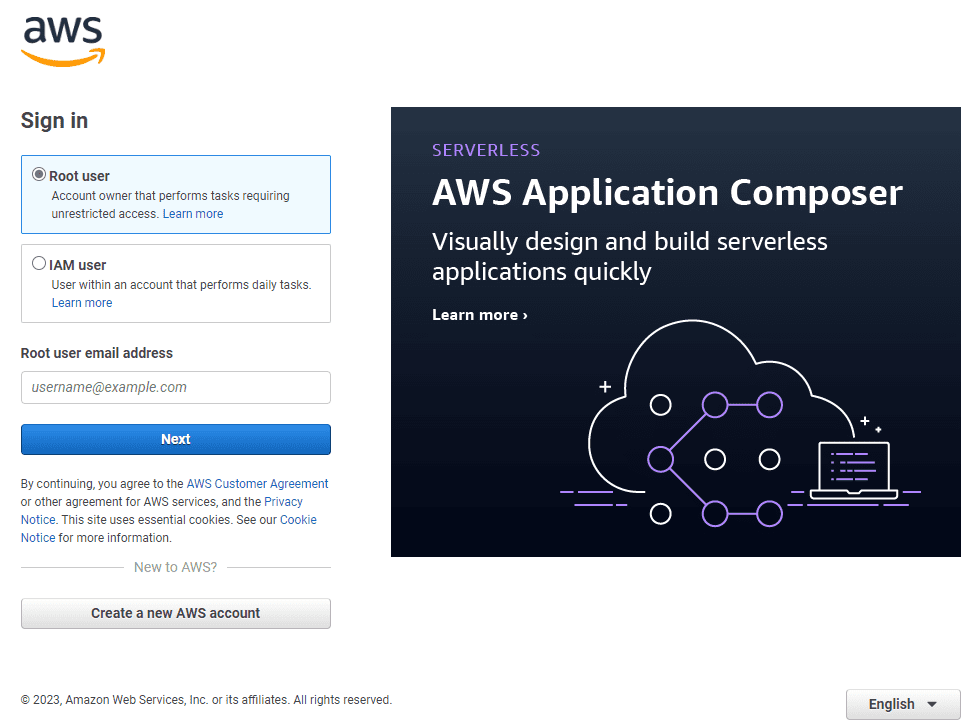
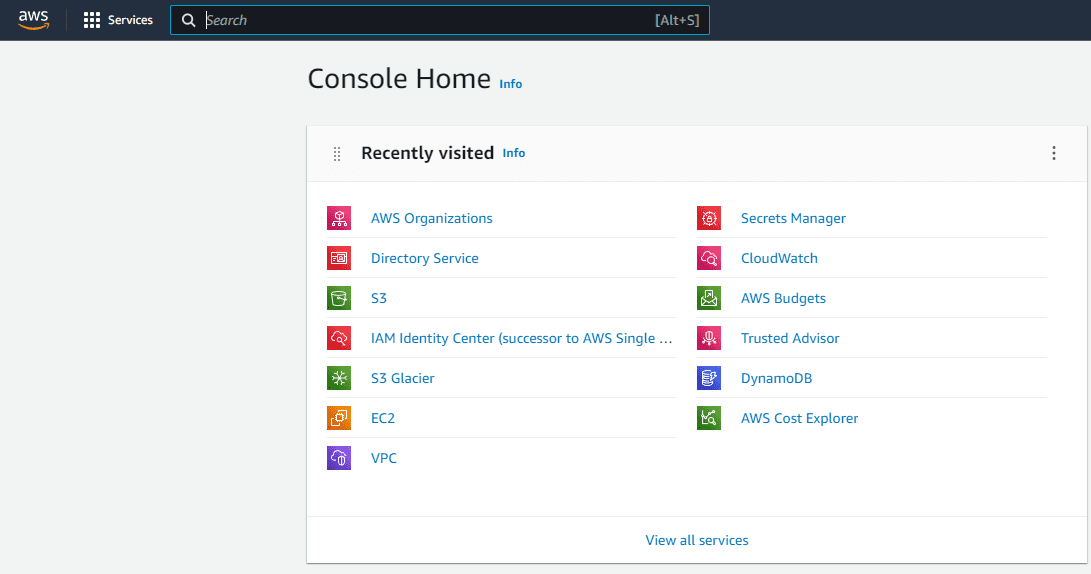
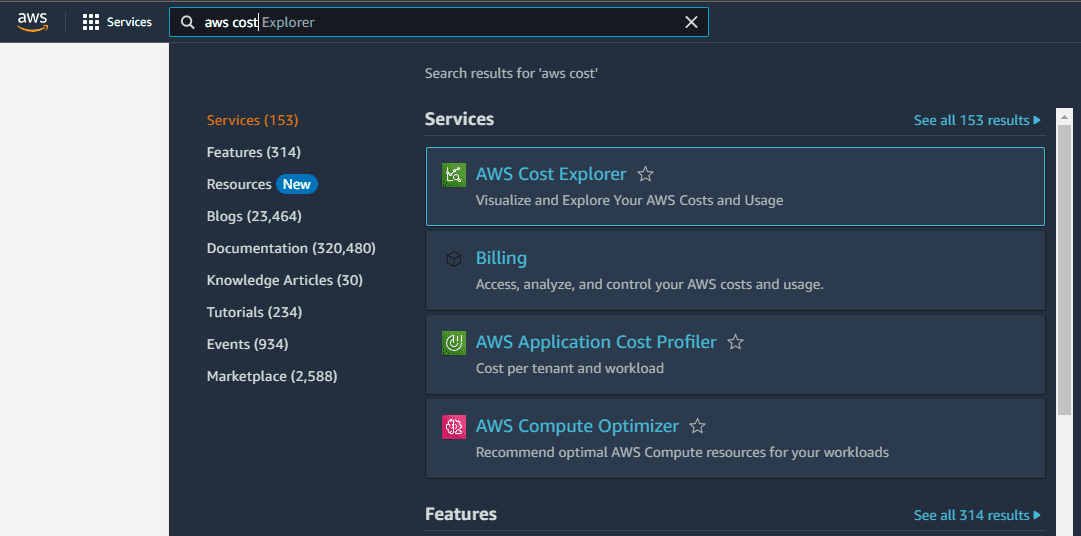
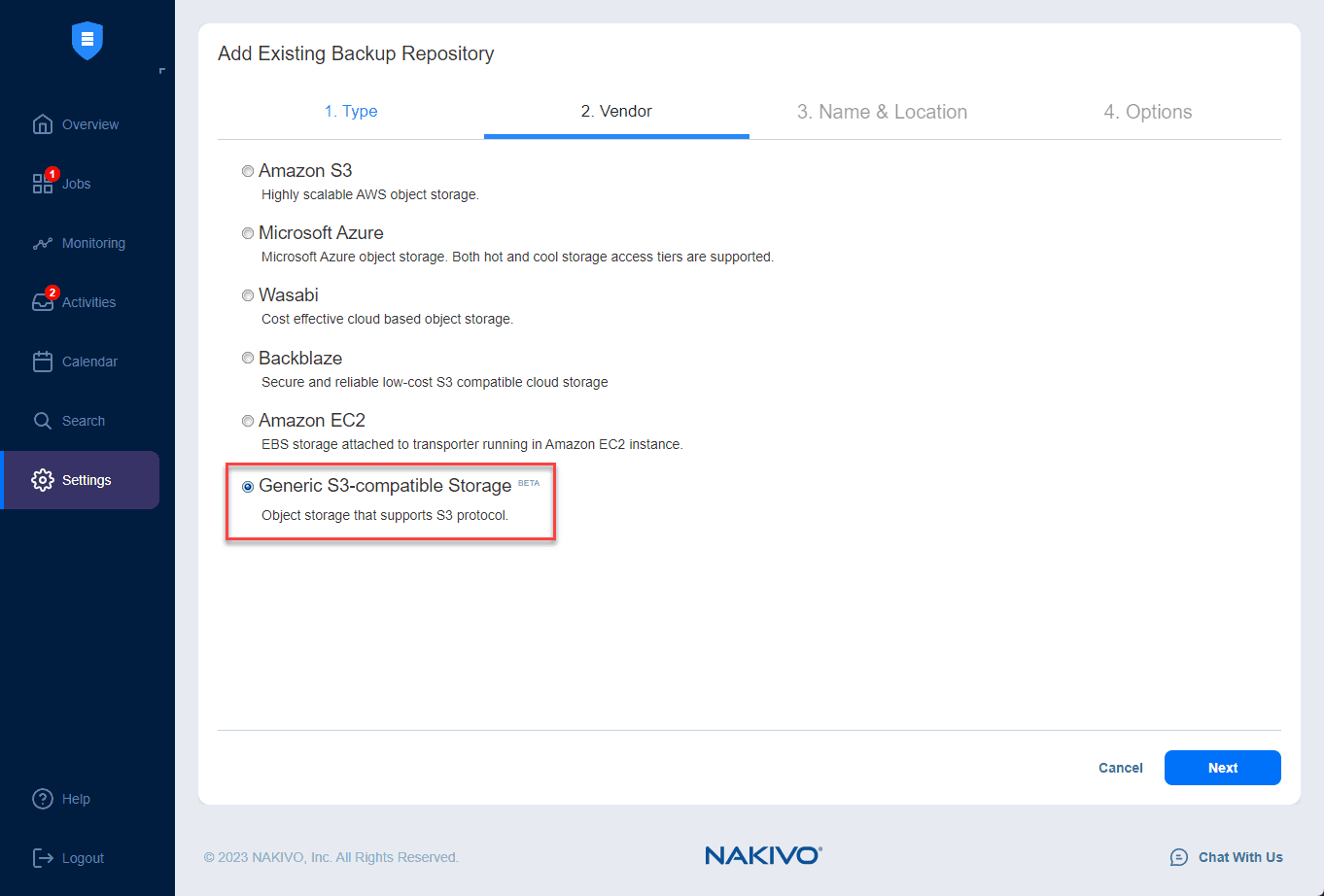
0 Comments